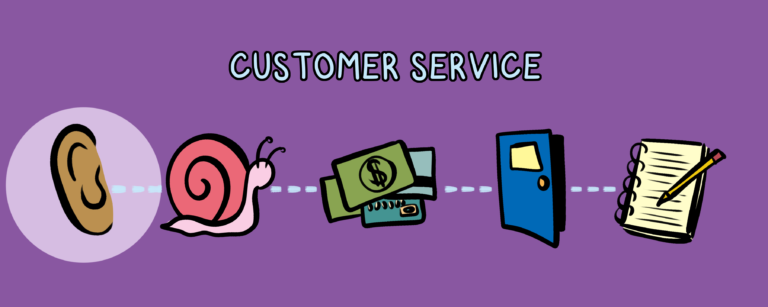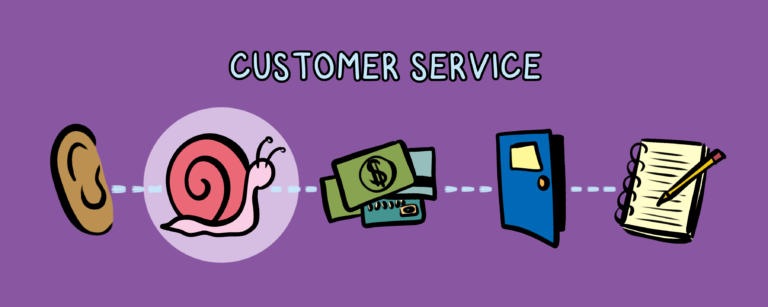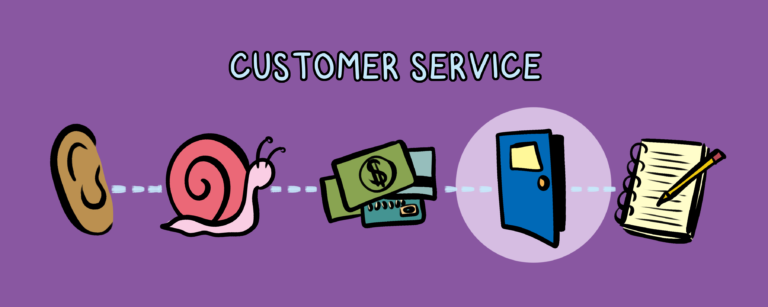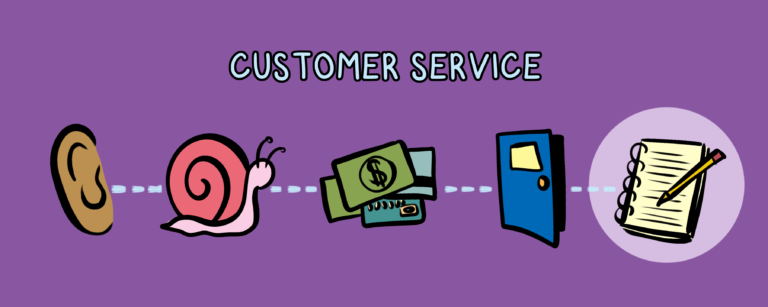In the last three years, the struggles and prejudices against BIPOC and marginalized groups have been brought to light in a way that we haven’t seen before. People are demanding action over awareness. Hiring cycles are wrought with bias, and it’s important that we all take some time to address the biases (unconscious or not) that exist in all hiring processes. We posted in 2018 about the biases in your hiring process and thought it was time for an updated post.
Race, Power, and Privilege in Relation to Hiring
There are many steps that you can take to uncover, understand, and acknowledge biases in your hiring process. By reading this post and taking a look at your process, you’re taking steps in the right direction. In her post on Race, Power, and Privilege in Hiring Education, Tiffany Mintah articulates 4 steps to take to effect change. One of her steps includes a call to action to “be explicit about our commitment to equity and anti-racism, and establish accountability structures and mechanisms to tangibly assess this commitment on an ongoing and regular basis.” Understanding the biases that may be present could be the first step to address unconscious biases and move your hiring process forward in a progressive way.

Types of Biases:
Affinity Bias:
A positive response to someone who is similar to us.
- Ways to minimize impact/avoid: Actively take notes about similarities so you can honestly address if they’re clouding your judgment. Reframe “culture fit” as “culture add” or “culture compliment.”
Confirmation Bias:
Seeking out and retaining information that confirms our initial perceptions, ignoring contrary information that is presented.
- Ways to minimize impact/avoid: Emphasize the importance of sticking to the questions and not veering from the script. Off-the-cuff questions can often lead to confirmation bias.
Contrast Effect:
It can be easy to compare one application to the next in the stack and determine which one is better from the other. An exceptionally good interview with one candidate may make the next one seem terrible.
- Ways to minimize impact/avoid: Use rubrics and grading systems that allow you to compare apples to apples.
Halo Bias:
Approving all of a person’s actions because of their past praiseworthy actions, education, or professional pedigree.
- Ways to minimize impact/avoid: When reviewing applications, focus on the cover letter or application questions in order to see the candidates who may not have had the same privilege or access to opportunities.
Horn Bias:
Closely related to the halo bias, a form of cognitive bias that causes one’s perception of another to be unduly influenced by a single negative trait.
- Ways to minimize impact/avoid: Take time to acknowledge and unpack your negative feelings. If your feeling is not related to the actual candidate and their ability to do the job, it shouldn’t affect their chance at the role. Recuse yourself if you find that it’s impossible to look beyond the negative feelings.
Groupthink (Also Known as the Bandwagon Effect):
When the desire for harmony or conformity in the group results in incorrect decision making.
- Ways to minimize impact/avoid: Create space for evaluators to form their own opinions and score candidates individually. If you have multiple evaluators for an interview, give them separate scoresheets and allow for differences of opinion.
Perception Bias:
The tendency to form stereotypes and assumptions about certain groups make it difficult to make an objective judgment about individual members of those groups.
- Ways to minimize impact/avoid: Ask that standardized, skill-based questions provide each candidate with an opportunity to stand out based on their own experiences and actions. Evaluate based on a clearly defined rubric.
Using Rubrics to Alleviate the Impact of Biases
Rubrics can be a powerful tool in combating biases in your process. A well-designed rubric removes subjectively from your process and forces evaluators to stick to the facts. No matter the age or experience of your evaluators, biases exist. You may experience that lightbulb moment for yourself or others when you think about biases. Consider how you create a safe space for your staff and evaluators to admit their biases and excuse themselves from parts of the processes that could be negatively impacted. It’s important to meet their admission with compassion, supporting them with resources as needed. Learn why to use rubrics and how to create them on our blog!

Sources:
https://builtin.com/diversity-inclusion/unconscious-bias-examples






